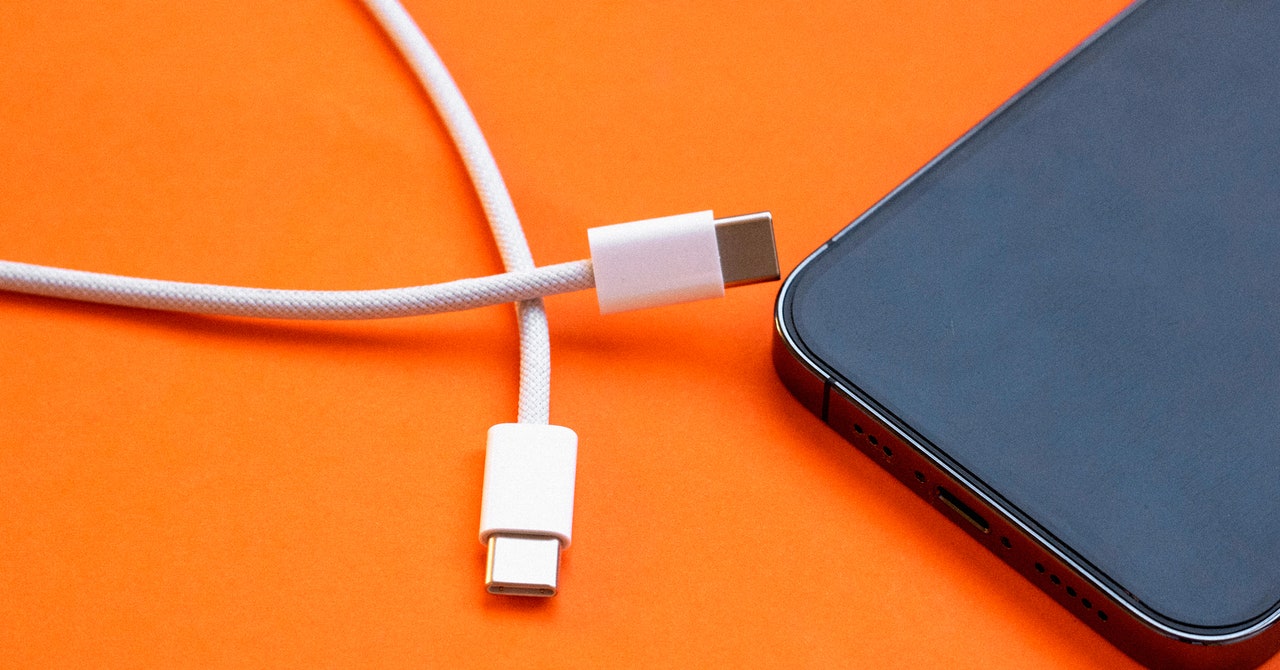USB-C Is Now the Law of the Land in Europe Leave a comment
“It is time for THE charger,” the European Fee posted to X on December 28, 2024. Whereas the sentiment applies solely to 1 continent (and never all of it) and solely sure gadgets, the Widespread Charger Directive now in impact within the European Union means that far fewer devices will foist barrels, USB-micro, or proprietary plugs onto their house owners.
The Widespread Charger Directive calls for {that a} “USB-C receptacle” be geared up on “radio gear” that’s “geared up with a detachable or embedded rechargeable battery” and “could be recharged through wired charging.” If it has a battery and could be powered by as much as 100 watts by way of a USB-C connection, it is typically topic to the EU’s USB-C necessities. The directive applies to gadgets “positioned in the marketplace”—despatched to a distributor or purchaser—after December 28, even when they had been initially designed and bought earlier than that date.
Laptops get till April 2026 to conform, however most different issues—telephones, tablets, handheld gaming gadgets, pc equipment, and wi-fi headphones—must be powered by USB-C to be bought contained in the EU any more. Drones, in the meanwhile, are largely unaddressed by the directive, however the EU will seemingly get round to them.
The directive comprises a number of exceptions and a few wiggle room. Units with non-rechargeable batteries, like coin cells or AA/AAA batteries, get a go, such that many good residence devices are off the hook. There may be some obscure language round gadgets that recharge inside a case or field, though earbud circumstances are particularly included within the mandate. Units that solely cost wirelessly are additionally exempted. And a tool can provide one other charging choice, like Apple’s MagSafe or proprietary plugs, as long as USB-C charging can be obtainable.
Fewer Bricks, Standardized “Quick Charging”
Probably the most important influence this USB-C requirement has had to date is on Apple, which, whereas initially resisting, has steadily shifted its merchandise from its proprietary Lightning connector to USB-C. Its newest iMac comes with a Magic Keyboard, Magic Mouse, and Magic Trackpad that each one join through USB-C. The agency stopped promoting the Lightning-charging iPhone 14 and iPhone SE within the EU after December 28.
Along with merely demanding {that a} USB-C port be current, the Directive requires that something with “quick charging”—pulling greater than 5 volts, 3 amperes, or 15 watts—allow the USB Energy Supply (USB PD) customary. This could make sure that they correctly negotiate charging charges with any charger with USB PD quite than require their very own proprietary charging brick or adapter.
In Europe, gadgets should point out on their product bins whether or not they comprise a charging plug or mid-cord brick. A special label will point out the minimal and most energy {that a} system requires to cost and whether or not it may possibly assist USB PD or not.
Can the EU Make Cables and Cords Get Alongside?
The EU’s celebratory submit on X is heavy with replies from doubters, suggesting that mandating USB-C as “THE charger” may stifle corporations innovating on different technique of energy supply. Most of those critiques are addressed within the precise textual content of the legislation, as a result of extra highly effective gadgets are exempted, secondary energy plugs are allowed, and wi-fi largely will get a go. “What about when USB-D arrives?” is one thing no particular person can actually reply, although it appears a obscure purpose to keep away from addressing the e-waste, fragmentation, and client confusion of the bigger system charging ecosystem.
How the Widespread Charger Directive shall be enforced is but to be seen, as that’s one thing left as much as member nations. Additionally unproven is whether or not corporations will adjust to it throughout their worldwide product strains or just make particular EU-compliant merchandise.
This story initially appeared on Ars Technica.

